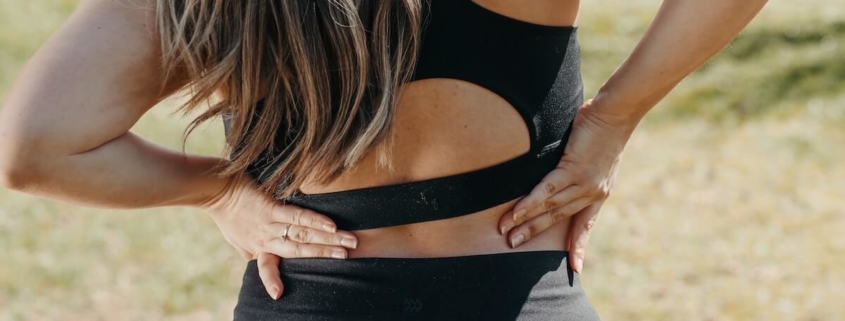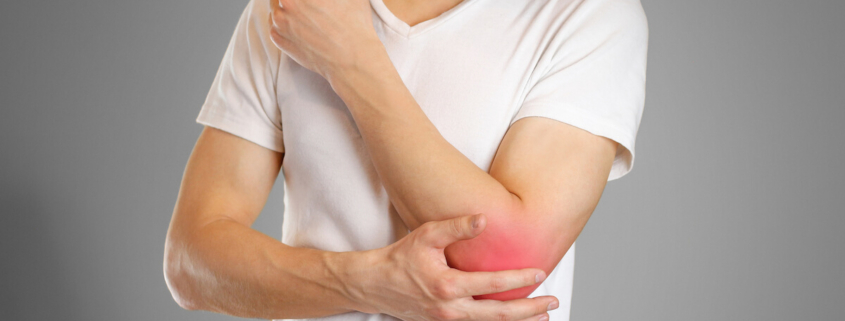Experiencing lower back and hip pain is quite common and can affect anyone at any age. Sometimes back pain can be easily mistaken for hip pain and discomfort because the joint of your hip is located near your spine. Injuries can resemble or be the cause of your back pain. Some other symptoms you may experience in addition to hip and low back pain are:
- Groin pain
- Pain while moving/walking
- Trouble sleeping
- Stiffness
Common causes of lower back and hip pain include: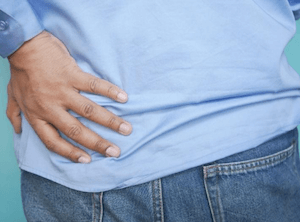
- Pinched nerve: is an uncomfortable condition that can cause shooting pain, tingling and discomfort. It occurs when too much pressure is applied to a nerve by surrounding bones, muscles, and tissues. This pressure interrupts proper nerve function, pain, numbness, and weakness.
- Muscle strain: caused by stretching and possibly tearing of your tendons and muscles. The immediate reaction is a pain in your back; however, you may also experience dull aches or discomfort in your hip.
- Herniated disc: also referred to as a ruptured or slipped disc, occurs when the “jelly” inside your spinal disc is pushed through the harder exterior of the disc causing the nearby nerves to become irritated, often causing pain and numbness.
- Arthritis: is the inflammation of one or more of your joints, often a result of aging. Some common symptoms are pain, swelling, stiffness, decreased range of motion and numbness.
- Sacroiliac joint dysfunction: also referred to as the SI joint, which connects your hip bone to your sacrum (the triangular bone between the lumbar spine and tailbone). The SI Joint is meant to absorb shock between your upper body, pelvis, and legs. Strain or injury to this joint can cause radiating pain in your back, hip, and groin area.
The primary mechanisms of SI joint dysfunction are: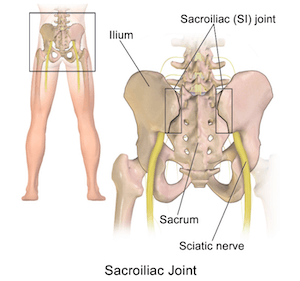
- Too little movement (hypomobility): can cause pain, muscle tension and may inhibit your mobility. Pain is typically felt on one side of the low back and can radiate down the back of the legs (similar to sciatic pain).
- Too much movement (hypermobility): can cause the pelvis to feel unstable and may lead to pain. Pain is usually felt in lower back/hip and may radiate into the groin area.
Treatment for SI Joint Dysfunction
- Spinal manipulation (adjustment)
Adjustments involve a thrust that can result in an audible release, called cavitation, which is created by a change in pressure in the joint. Although, it is not necessary for the adjustment to be effective.
Some patients do not want this spinal manipulation and may prefer a more gentle approach which could involve: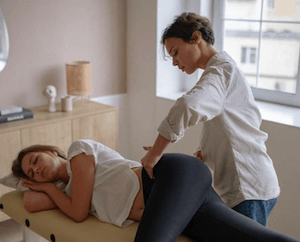
- Flexion-distraction technique: is a specialized table is used that gently stretches or distracts the spine.
- Activator or Neuromechanical instrument: is a spring-loaded instrument that specifically targets locations along the spine with low-force impulses.
- “Drop” approach: involves the use of a special chiro table where sections of the table can be raised or dropped simultaneously with gentle thrusts. This allows gravity to help with the adjustments.
In addition to adjustments, treatments may also include mobilizations, soft tissue therapy, and rehab exercises. Your chiropractor may also recommend getting a biomechanical assessment of your feet and gait scan to see if a pair of customized orthotics would be beneficial for the SI joint dysfunction.
For Relief From Lower Back and Hip Pain in Victoria, BC
Contact the clinic for more information on low back/hip pain-related treatments or to book with our Chiropractors Dr. Krisjan Gustavson or Dr. Caitlin Sellan. Please contact us at 250-382-0018 or online at www.diversifiedhealth.janeapp.com
#chiropractor #victoriaBC #SIjointpain #hippain #lowbackpain #adjustment #healthclinic #sciaticapain

